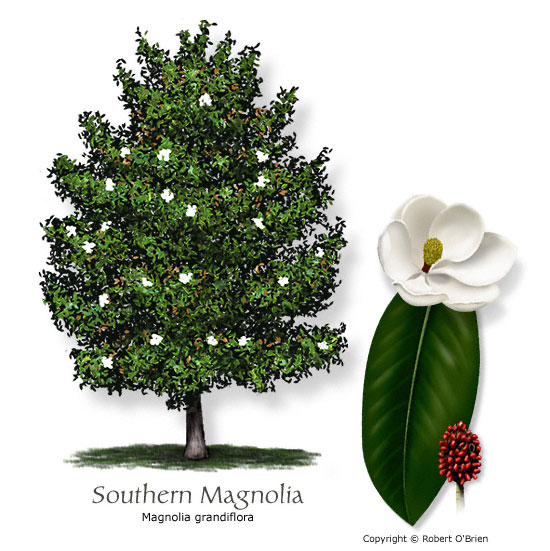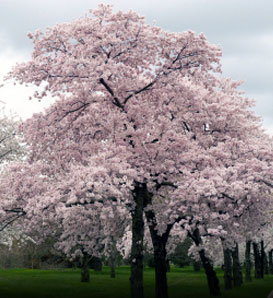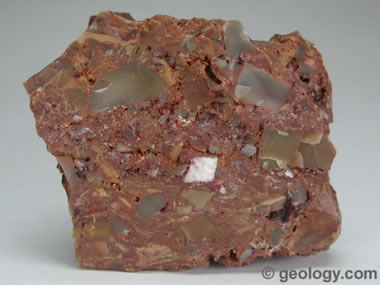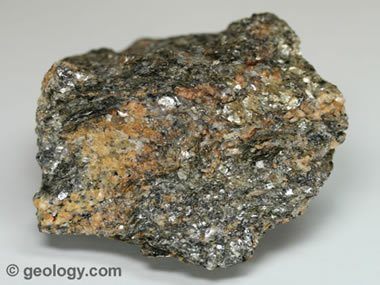Intro to Environmental Science
Monday, April 28, 2014
Traffic Study
For this traffic study, I spent twenty minutes watching cars go by on I75-southbound. I recorded the number of people in each type of vehicle and found the average number of people in each type of vehicle. I also marked whether the driver was multitasking or not, and plugged in those numbers to find the percentage of people n each type of vehicle multitasking. Single drivers in cars were most likely to be on their cell phones.
Thursday, April 24, 2014
Notes on Mitochondrial Eve
Mitochondrial Eve is the closest common ancestor to which all humans are related. She lived about 100,000 to 200,000 years ago and we can trace her DNA through female lines. It is neat to explore the implications of Mitochondrial Eve because she shows us that humans are a lot more related than we might initially think. We're not too different after all! It is very important for our understanding of human relations to realize that no matter how "different" people look, we're actually all related!
A reconstruction of how Mitochondrial Eve could have looked.
Wednesday, April 9, 2014
Native Trees of Georgia
Here are some common trees found around the Macon, Georgia area and the Mercer University campus.
Red Maple - Deciduous trees that grow in swampy, low-lying areas. They are naturally found near sources of water. Part of the Maple/Acaracea family.
Southern Magnolia (magnolia grandiflora) - Broadleaf evergreen with dark, glossy leaves that grows into an oval shape as it reached adulthood. Has fragrant, white flowers during the summer months.
Japanese Flowering (Yoshino) (prunus x yedoensis) - Fragrant white or pink blossoms with glossy bark and dark green leaves. Likes to grow in the full sun.
Black Gum (Nyssa sylvatica) - Deciduous tree, and also dioecious, meaning it has male and female flowers on different trees. The female trees sprout small flowers in certain months, as well as small fruit sometimes.
Shortleaf Pine (Pinus echinata) - A fast-growing medium or tall tree with dark-bluish green needles that exist in bundles of two or three. Commonly found in grassy areas or abandoned agricultural land.
Sources:
http://www.acorntreecare.com/learning-center/types-of-trees-in-georgia.html
http://www.arborday.org/treeguide/treeDetail.cfm?ID=9
Red Maple - Deciduous trees that grow in swampy, low-lying areas. They are naturally found near sources of water. Part of the Maple/Acaracea family.
Southern Magnolia (magnolia grandiflora) - Broadleaf evergreen with dark, glossy leaves that grows into an oval shape as it reached adulthood. Has fragrant, white flowers during the summer months.
Japanese Flowering (Yoshino) (prunus x yedoensis) - Fragrant white or pink blossoms with glossy bark and dark green leaves. Likes to grow in the full sun.
Black Gum (Nyssa sylvatica) - Deciduous tree, and also dioecious, meaning it has male and female flowers on different trees. The female trees sprout small flowers in certain months, as well as small fruit sometimes.
Shortleaf Pine (Pinus echinata) - A fast-growing medium or tall tree with dark-bluish green needles that exist in bundles of two or three. Commonly found in grassy areas or abandoned agricultural land.
Sources:
http://www.acorntreecare.com/learning-center/types-of-trees-in-georgia.html
http://www.arborday.org/treeguide/treeDetail.cfm?ID=9
Saturday, April 5, 2014
Tree Rings
Dendrochronology is the study of tree rings. This tree was cut down in Palm Springs, California. We can count backwards from the outermost tree ring to figure out how old a tree is. This tree was about 33 years old when it was cut. I have counted the rings back to list some important events in history.
Friday, April 4, 2014
Topographic Map
A topographic map shows us the elevation of certain areas. I chose Clingman's Dome to create my map, which is the highest point in the Great Smoky Mountains National Park. To create the lines, I chose specific values in feet, and used tools in Google Earth to trace out the elevations. This process was complicated the different ridges in the area that sometimes led to odd lines being traced out. Overall, the lines retain similar shapes.
Tuesday, April 1, 2014
Map Types
There are four major kinds of maps that we see. They are isopleth, dot-density, proportional symbol, and chloropleth maps.
Chloropleth maps are shaded so that each shaded area represents a range of values.
Isopleth maps show range of quantity, and are not grouped to a predefined region like a state or country. Data ranges with similar values can be drawn in similar colors, or lines can be drawn so the values are shown as higher or lower than the isopline value. Temperature is commonly displayed using this type of map.
Chloropleth maps are shaded so that each shaded area represents a range of values.
Isopleth maps show range of quantity, and are not grouped to a predefined region like a state or country. Data ranges with similar values can be drawn in similar colors, or lines can be drawn so the values are shown as higher or lower than the isopline value. Temperature is commonly displayed using this type of map.
Dot-density maps show the geographic distribution of data using an arrangement of identical symbols, usually dots. Cell-phone usage is one popular example of this type of map.
Proportional symbol maps display sets of data using proportionally sized symbols to illustrate the data. A higher numerical value or range would call for a larger symbol, and vice-versa.
Saturday, March 15, 2014
Rocks and Soils
For this lab, I will be choosing a type of rock from the sedimentary, metamorphic, and igneous groups that I like and describing the rock.
Sedimentary Rocks: These rocks are formed via the accumulation of sediment over time, typically with erosion as one of the major factors here. Sedimentary rocks can be broken down into three subcategories. These subcategories are clastic (formed by weathering), chemical (from dissolution) and organic (from the accumulation of plant or animal debris). Breccia is an example of a clastic sedimentary rock. The spaces between the largest fragments can be filled with a variety of different mineral materials. These help bind the rock together.
Sedimentary Rocks: These rocks are formed via the accumulation of sediment over time, typically with erosion as one of the major factors here. Sedimentary rocks can be broken down into three subcategories. These subcategories are clastic (formed by weathering), chemical (from dissolution) and organic (from the accumulation of plant or animal debris). Breccia is an example of a clastic sedimentary rock. The spaces between the largest fragments can be filled with a variety of different mineral materials. These help bind the rock together.
Metamorphic Rocks: These rocks have been formed and modified by heat, pressure, and chemical processes while buried deep below the Earth's surface (generally speaking). The two subcategories of metamorphic rocks are foliated (produced by heat exposure and pressure, with a layered or banded appearance) and non-foliated (no layered or banded appearance). One interesting example of a metamorphic rock is schist, which is foliated. It can contain large amounts of mica, which causes the rock to be split into thin pieces.
Igneous Rocks: These rocks are formed from the solidification of molten rocks as a result of extreme heat and then cooling. The two basic kinds of igneous rocks are intrusive, which solidify below the Earth's surface and extrusive, which form above the Earth's surface. Obsidian is my favorite kind of igneous rock due to its glossy appearance. It gets this appearance as a result of very rapid cooling to the point where crystals do not form.
Source for All: www.geology.com
There are also twelve soil orders in the world. These are:
Subscribe to:
Posts (Atom)

%20200x257.jpg)
















